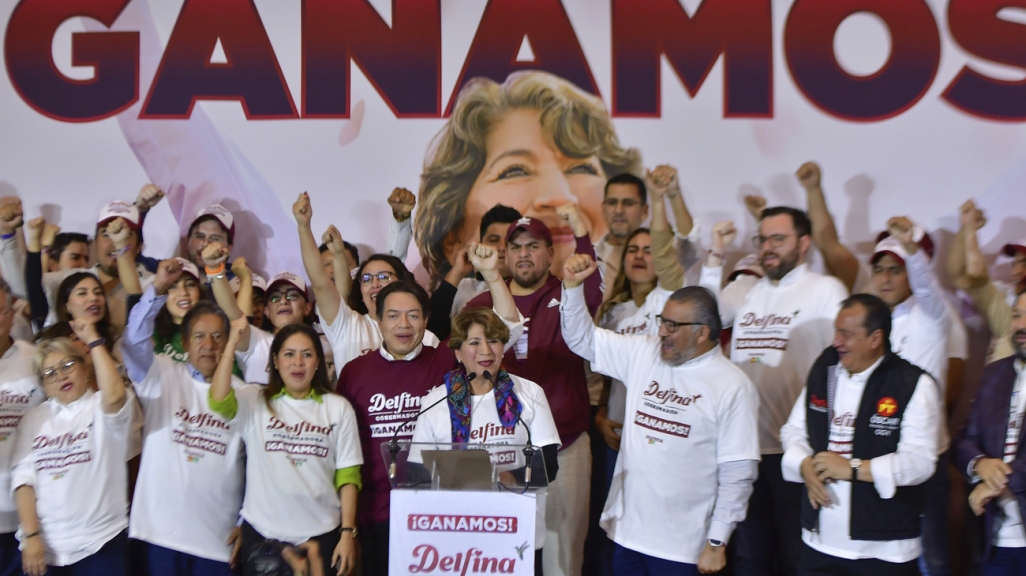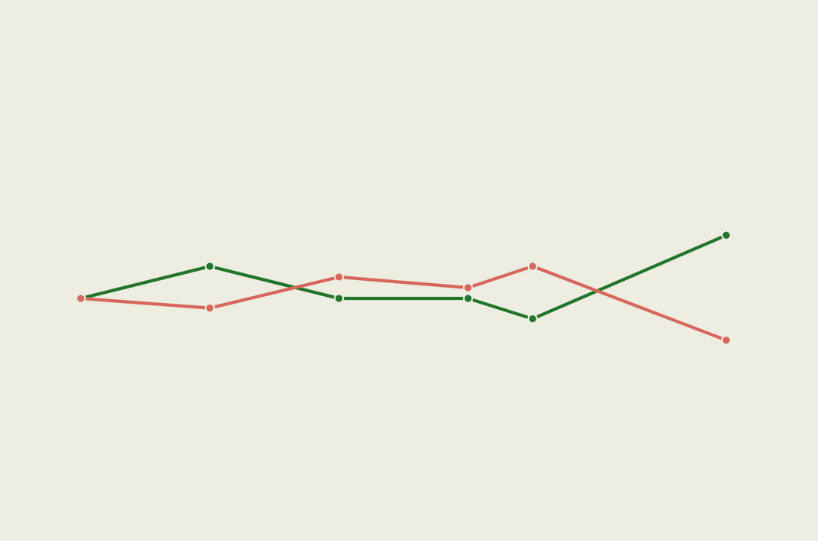AS/COA Insider: Carin Zissis on the Election Results of Mexico’s Most Populous State
AS/COA Insider: Carin Zissis on the Election Results of Mexico’s Most Populous State
"Morena's win is going to be seen as an important sign ahead of next year's presidential vote," says the AS/COA Online editor-in-chief.
On June 4, Mexico witnessed the end of nearly a century of single-party rule in its most populous state after its citizens elected the gubernatorial candidate from Morena, the party of President Andrés Manuel López Obrador. The contest in the State of Mexico, known as Edomex, was closely watched as it is considered a precursor for next year’s presidential election.
Returns from nearly all polling cites indicate that Delfina Gómez led Morena’s coalition to a victory with 53 percent of the ballots compared with 44 percent for of Alejandra del Moral, a member of the once-dominant Institutional Revolutionary Party (PRI) who represented the Va Por México opposition coalition.
"The question for Morena is going to be, ‘Well, we're looking pretty strong a year out from this presidential election, but what happens when this president, who is vocal in terms of backing different candidates and propelling them to victory, recedes from the centerstage?’' says Carin Zissis, editor-in-chief of AS/COA Online and a Mexico expert. She spoke about what the June 4 election results in Edomex and Coahuila demonstrate about party alliances and what to watch for next ahead of the 2024 presidential vote.
- To speak with an expert on this topic, please contact: mediarelations@as-coa.org
- Read Carin Zissis' explanation of the significance of the Edomex gubernatorial election.
- See polling on the popularity of President López Obrador and each of his potential successors.
AS/COA Online: What happened in the June 4 State of Mexico elections and why does it matter?

Carin Zissis: The State of Mexico election is a key vote because while we're only talking about one out of 32 states, it is the most populous state in Mexico. One in eight Mexicans live in Edomex, which borders Mexico City and is the second-biggest contributor to national GDP after the capital. This election also comes exactly a year before the presidential and general elections, so it's seen as a contest that people look to for a signal of what's to come.
What happened is that in a state has been controlled by and viewed as an important base for the PRI for 94 years, Morena’s Delfina Gómez won by a large margin of about nine points. So, this was a resounding Morena victory.
Not only that but the PRI candidate was running in the Va Por México alliance, representing the PAN, PRI, PRD, and another smaller party. Observers are going to look at this election and they're going to say that, even when with the different opposition parties together, Morena still won this election, hands down. As such, Morena’s win is going to be seen as an important sign of strength ahead of next year's presidential vote.
AS/COA Online: Were there any surprises in the June 4 vote?
Zissis: One of the things that was interesting about the electoral outcome is that some of the things that seemed like surprises weren't actually surprises. For example, it may seem surprising that Morena won by such a substantial amount in a state considered a PRI bastion, but the polls actually predicted a larger margin. Still, we have to remember that the PRI has held power in this state for so many years and that means it still had some strength on the ground. The main surprise here may be that the margin wasn’t even narrower.
But another takeaway is that the abstention rate was rather high. Turnout was only around 48 or 49 percent compared with 53 percent last time around in 2017. It was a sign that perhaps these candidates didn't motivate voters to show up.
That’s notable because this is a state that represents a lot of Mexico's biggest problems. Violence was the runaway top concern for voters, along with poverty and covering basic costs. Edomex is a state where citizens report a high rate of feeling insecure and where there are high levels of informality in the job sector. You’d hope that citizens would want to get the opportunity to share their frustrations and have a voice through voting. The low turnout suggests these candidates couldn’t necessarily inspire voters to show up and cast their ballots.
But I’d argue that the bigger surprise happened in Coahuila, the other state that held a gubernatorial election on June 4. In that state, infighting within the leftist coalition led to the Morena and the Worker’s Party backing different candidates. The PRI’s Manolo Jiménez, who ran as a Va Por México alliance candidate, beat his top rival in Morena by about 35 points—well above what polls suggested. Given that Edomex has 12.6 million voters and Coahuila has 2.3 million, the Edomex results get a lot more attention. But the fact that Coahuila is located on the U.S. border means it’s a key state from a trade and security standpoint, nonetheless.
One party has run Mexico’s most populous state for a century. That could end June 4. AS/COA Online covers the vote and its impact on the presidential race.
AS/COA covered votes in the Americas, from presidential elections to referendums.











